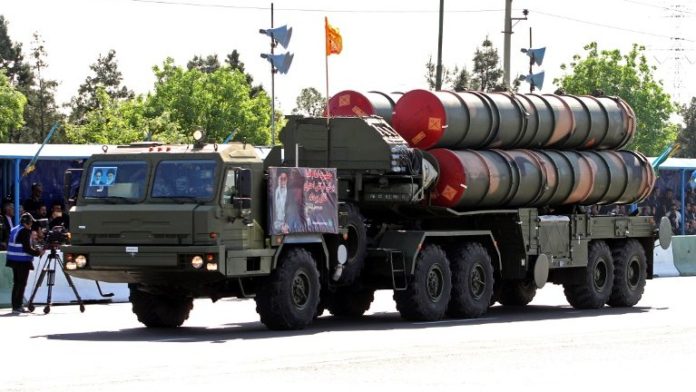 In the late 2000s, amid growing threats from the United States and its allies of direct military intervention, Iran's armed forces placed an order for Russia’s S-300 advanced surface to air missile system to strengthen its air defences. Understanding the importance of air superiority to Western military doctrine, as demonstrated in numerous conflicts from the Korean War to the Gulf War, Iran’s military leadership realised the importance in investing in anti access area denial (A2AD) systems capable of protecting the country’s airspace from Western fighters and bombers. This would have the effect both of deterring Western military action and, should a war take place, of allowing Iran to better protect itself and more effectively wage a defensive war. The contract to provide multiple batteries, valued at approximately $800 million dollars, was cancelled in 2010 and deliveries of the missile system were frozen by then Russian President Dimitri Medvedev. President Medvedev’s administration, differing from that of his predecessor Vladimir Putin, sought reconciliation with the Western Bloc and showed itself to be far more willing to accede to American and European demands regarding the West’s strategic interests on a number of occasions - of which cancellation of the S-300 delivery was one notable example. In response to Russia’s freezing of the contract, Iran sought to take legal action against Russia to gain compensation for what it deemed an illegal breach of contract. Compensation was never paid, but the contract was restored following President Putin’s return to the presidency 2012. Russia also provided Iran with assistance in upgrading its older air defence systems, including the 2K12 KuB and S-200.
In the late 2000s, amid growing threats from the United States and its allies of direct military intervention, Iran's armed forces placed an order for Russia’s S-300 advanced surface to air missile system to strengthen its air defences. Understanding the importance of air superiority to Western military doctrine, as demonstrated in numerous conflicts from the Korean War to the Gulf War, Iran’s military leadership realised the importance in investing in anti access area denial (A2AD) systems capable of protecting the country’s airspace from Western fighters and bombers. This would have the effect both of deterring Western military action and, should a war take place, of allowing Iran to better protect itself and more effectively wage a defensive war. The contract to provide multiple batteries, valued at approximately $800 million dollars, was cancelled in 2010 and deliveries of the missile system were frozen by then Russian President Dimitri Medvedev. President Medvedev’s administration, differing from that of his predecessor Vladimir Putin, sought reconciliation with the Western Bloc and showed itself to be far more willing to accede to American and European demands regarding the West’s strategic interests on a number of occasions - of which cancellation of the S-300 delivery was one notable example. In response to Russia’s freezing of the contract, Iran sought to take legal action against Russia to gain compensation for what it deemed an illegal breach of contract. Compensation was never paid, but the contract was restored following President Putin’s return to the presidency 2012. Russia also provided Iran with assistance in upgrading its older air defence systems, including the 2K12 KuB and S-200.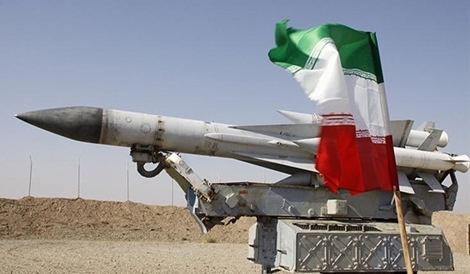
Iranian S-200 Surface to Air Missile
In April 2016 Russia began delivery of the S-300 system to Iran, and delivery was confirmed by both parties to be complete in October of that year. What was notable about the delivery was that Iran received a heavily customised variant of the missile system with unknown capabilities. While Russia and Iran both confirmed the fulfilment of a contract to deliver the S-300 to Iran, no further details were given regarding the variant Iran had acquired or the weapons system’s capabilities. What was delivered to Iran could well have had capabilities comparable to the more advanced S-400, in some respects an S-400 in all but name, and such a delivery would have served both Iranian and Russian strategic interests. For an indication as to how this could be achieved, an analysis of the S-400 and its differences from the S-300 system is invaluable.
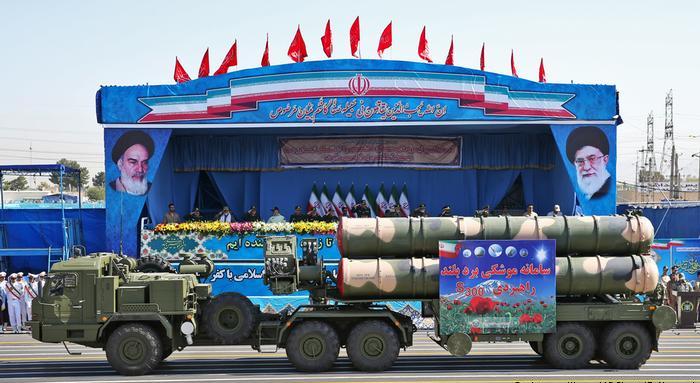
Iranian S-300 Long Range Missile Battery on Parade
Over 20 variants of the S-300 have been produced by Russia since the system’s first induction into service in 1978. These have fallen into three main categories, the S-300P family of conventional land based systems, the S-300F family which were developed for naval use, and the S-300V family which feature enhanced anti ballistic and anti cruise missile capabilities and superior mobility. While Iran is known to have acquired a missile system from the S-300P family, all of which are near identical in their external appearance, which system was acquired remains a mystery. The S-300PMU-2 entered service in 1997 as the most advanced variant of the missile system at the time, and was set to be superseded by the S-300PMU-3 in 2007. To improve the weapons system’s export sales and distinguish it from previous variants however, the PMU-3 variant of the S-300 was given the designation S-400. Thus the S-400 is in fact a more advanced member of the S-300PMU family of systems, and should Russia have sold Iran a missile system dubbed ’S-300PMU-2 advanced’ or ’S-300PMU-3’ its capabilities could well be highly similar to those of the S-400. Russia could in this way have provided Iran's armed forces with an air defence system with far more sophisticated capabilities than the basic S-300PMU-2 design widely suspected to have been transferred. One indication of this are the reports that Iran's air defence batteries are equipped with surface to air missiles with a 250km range - the range of the 48N6DM/48N6E3 hypersonic surface to air missile. While the basic S-300PMU-2 is usually restricted to a 200km engagement range using the shorter ranged 48N6E2, the 48N6E3 was for a long time the longest ranged missile deployed by the S-400 system - until the later introduction of the heavier 40N6E with a 400km range. The fact that Iran's customised S-300 variant is equipped with these missiles is a strong indication of capabilities above those of a standard S-300PMU-2 system.
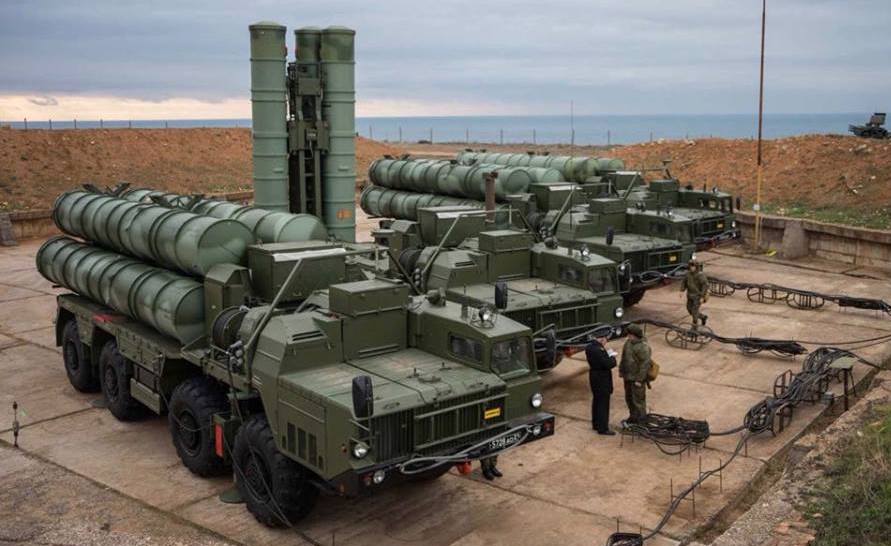
Russian S-400 Missile Batteries
While Russia strongly opposed Western military action against a number of its partners, short of deploying its own air defence forces to cover the territories of these states as in the cases of North Korea and Syria, the most effective means for Russia to deter Western attacks is to arm its partners with state of the art anti access area denial systems. The arming of Iran, a state frequently threatened with Western attacks, with its most capable air defence systems, is therefore wholly in line with Russian security interests - particularly given the relative weakness of the Iranian Air Force which lacks modern long range air to air weaponry such as the R-77 missile for its fighters. There is thus a significant for Moscow both to equip Iran with the latest air defence system, as well as retain the ability to deny having sold such systems to its Middle Eastern partner - namely to avoid a deterioration of relations with Israel and Saudi Arabia or further pressure from the Western Bloc.

Iranian S-300 Long Range Missile Battery
The fact that Iran has not sought the S-400 in name, despite the potential being raised for sales to Saudi Arabia, Qatar and Bahrain, indicates that Tehran may well have already been equipped with a similarly capable weapons system. Iran’s operation of such an advanced air defence system, capable of targeting aircraft and missiles at extreme ranges and equipped with some of the some of the latest and most effective anti stealth systems in the world, has severe implications for the balance of power in the Persian Gulf and for the potential of the United States and its allies to successfully launch any form of military action. Ultimately what exactly was delivered in 2016 remains unknown to third parties and can only be speculated, but a significant incentive remains for both Russia and Iran to arrange for the delivery of a system with advanced anti stealth capabilities more advanced than the designation 'S-300' or 'S-300PMU-2' would indicate - as well as for both parties to keep such capabilities a secret.
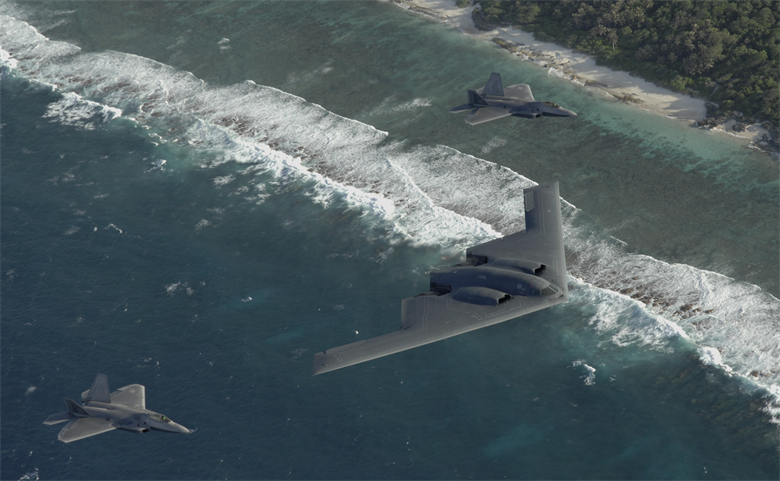
U.S. Air Force B-2 Spirit Escorted by F-22 Raptors
The U.S. military and civilian leadership upon the S-300’s delivery stressed that their ability to deploy advanced stealth aircraft, at the time including the B-2 Spirit stealth bomber and F-22 Raptor, would allow the U.S. Air Force to neutralise Iran’s air defences if required. Should Iran field a system as sophisticated as the S-400 with advanced anti stealth systems however such an operation would be considerably more difficult - effectively sealing off Iranian airspace to Western military aircraft and forcing the U.S. to resort to costly standoff attacks. With the Trump administration and its French, Saudi Arabian and Israeli partners in particular increasing pressure on Iran, and with military action increasingly being threatened, the significance of the nature of the surface to air missile system delivered by Russia is great indeed.
No comments:
Post a Comment